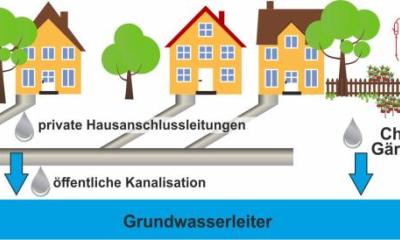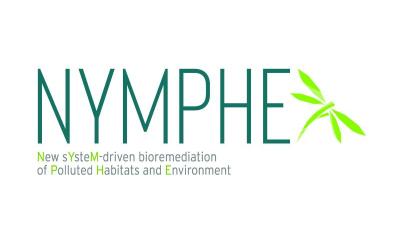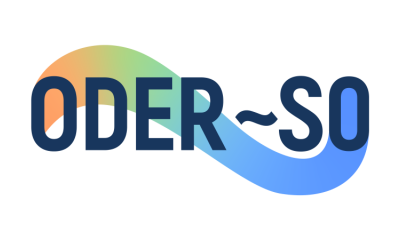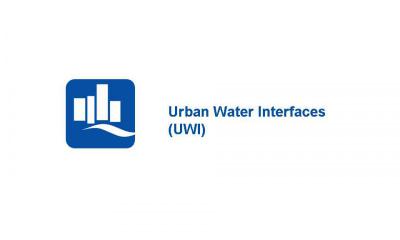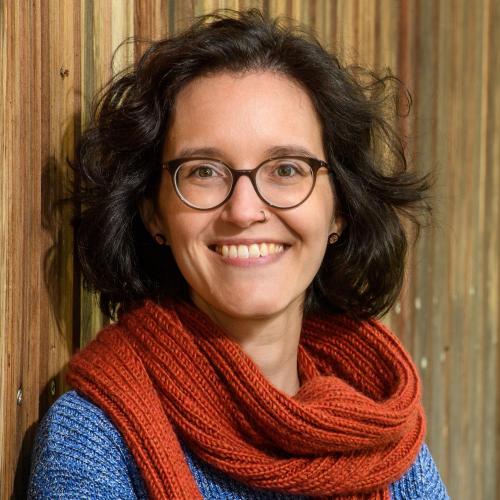
Stephanie Spahr
Müggelseedamm 301, 12587 Berlin
Profil
- Organische Spurenstoffe in Gewässern, Abwasser, Niederschlagsabfluss und Trinkwasser
- Oxidative Verfahren zur Wasseraufbereitung
- Schadstoffentfernung durch Advanced Oxidation Processes und Adsorption
- Transformationsprozesse organischer Schadstoffe in technischen und natürlichen Systemen
- Urbane blau-grüne Infrastruktur für die Aufreinigung von Niederschlagsabfluss
- Komponentenspezifische Isotopenanalyse zur Aufklärung von Schadstoff-Quellen und Reaktionsmechanismen
Scientific Career
Since 2021 Research Group Leader, IGB Berlin, Germany
2019 - 2021 Junior Research Group Leader, University of Tübingen, Germany, Center for Applied Geoscience
2016 - 2019 Postdoctoral Researcher, Stanford University, CA, USA, Department of Civil and Environmental Engineering & Research Center for Re-Inventing the Nation’s Urban Water Infrastructure (ReNUWIt).
Education
2012 - 2016 PhD in Environmental Chemistry, Swiss Federal Institute of Technology in Lausanne (EPFL, Switzerland) & Swiss Federal Institute of Aquatic Science and Technology (Eawag, Switzerland). Thesis: Formation of N-nitrosodimethylamine during water disinfection with chloramine: Insights into reaction mechanisms from isotope fractionation analyses.
2010 - 2012 MSc in Geoecology, University of Tübingen, Germany. Thesis: Carbon and nitrogen isotope analysis of benzotriazoles (conducted for 8 months at Eawag, Switzerland)
2007 - 2010 BSc in Geoecology / Ecosystem management, University of Tübingen, Germany
Honors and Awards
- Outstanding Review Paper Award 2023 in Environmental Science: Water Research & Technology
- Selected for the Falling Walls Female Science Talents Intensive Track 2023
- Selected mentee in the Leibniz Mentoring Programme 2022-2023
- Best poster award (1st prize) at the Wasser 2022 of the Water Chemistry Society
- Selected fellow in the Postdoc Academy for Transformational Leadership 2020-2022 (Robert Bosch Stiftung)
- Selected fellow in the Athene Program for early female career researchers at the University of Tübingen, 2020-2021
- Selected participant in the Rising Environmental Leaders Program, Woods Institute for the Environment, Stanford University (CA, USA), 2019
- Selected participant in the Civil and Environmental Engineering Rising Stars Workshop at Massachusetts Institute of Technology (MA, USA), 2017
- American Chemical Society (ACS) Certificate of Merit for outstanding first platform presentation (CA, USA), 2014
Professional Activities
- Member of the Board of the German Water Chemistry Society
- Head of the Expert Committee "Oxidative Processes" of the German Water Chemistry Society
Memberships
- American Chemical Society (ACS)
- Society of Environmental Toxicology and Chemistry (SETAC)
- Gesellschaft Deutscher Chemiker (GDCh)
- German Water Chemistry Society
Publikationen
Publikationen vor 2021
Spahr, S., Teixido, M., Sedlak, D. L., Luthy, R. G. Hydrophilic trace organic contaminants in urban stormwater: Occurrence, toxicological relevance, and the need to enhance green stormwater infrastructure. Environmental Science: Water Research and Technology, 2020, 6, 15-44.
Ashoori., N., Teixido, M., Spahr, S., LeFevre, G. H., Sedlak, D. L., Luthy, R. G. Evaluation of pilot-scale biochar-amended woodchip bioreactors to remove nitrate, metals, and trace organic contaminants from urban stormwater runoff. Water Research, 2019, 154, 1-11.
Spahr, S., von Gunten, U., Hofstetter, T. B. Carbon, hydrogen, and nitrogen isotope fractionation trends in N-nitrosodimethylamine reflect the formation pathway during chloramination of tertiary amines. Environmental Science and Technology, 2017, 51 (22), 13170-13179.
Spahr, S., Cirpka, O. A., von Gunten, U., Hofstetter, T. B. Formation of N-nitrosodimethylamine during chloramination of secondary and tertiary amines: Role of molecular oxygen and radical intermediates. Environmental Science and Technology, 2017, 51 (1), 280-290.
Spahr, S., Bolotin, J., Schleucher, J., Ehlers, I., von Gunten, U., Hofstetter, T. B. Compound-specific carbon, nitrogen, and hydrogen isotope analysis of N-nitrosodimethylamine in aqueous solutions. Analytical Chemistry, 2015, 87(5), 2916-2924.
Hofstetter, T. B., Bolotin, J., Pati, S. G., Skarpeli-Liati, M., Spahr, S., Wijker, R. S. Isotope effects as new proxies for organic pollutant transformation. CHIMIA International Journal for Chemistry, 2014, 68(11), 788-792.
Huntscha, S., Hofstetter, T. B., Schymanski, E. L., Spahr, S., Hollender, J. Biotransformation of benzotriazoles: Insights from transformation product identification and compound-specific isotope analysis. Environmental Science and Technology. 2014, 48(8), 4435-4443.
Spahr, S., Huntscha, S., Bolotin, J., Maier, M. P., Elsner, M., Hollender, J., Hofstetter, T. B. Compound-specific isotope analysis of benzotriazole and its derivatives. Analytical and Bioanalytical Chemistry. 2013, 405(9), 2843-2856.



